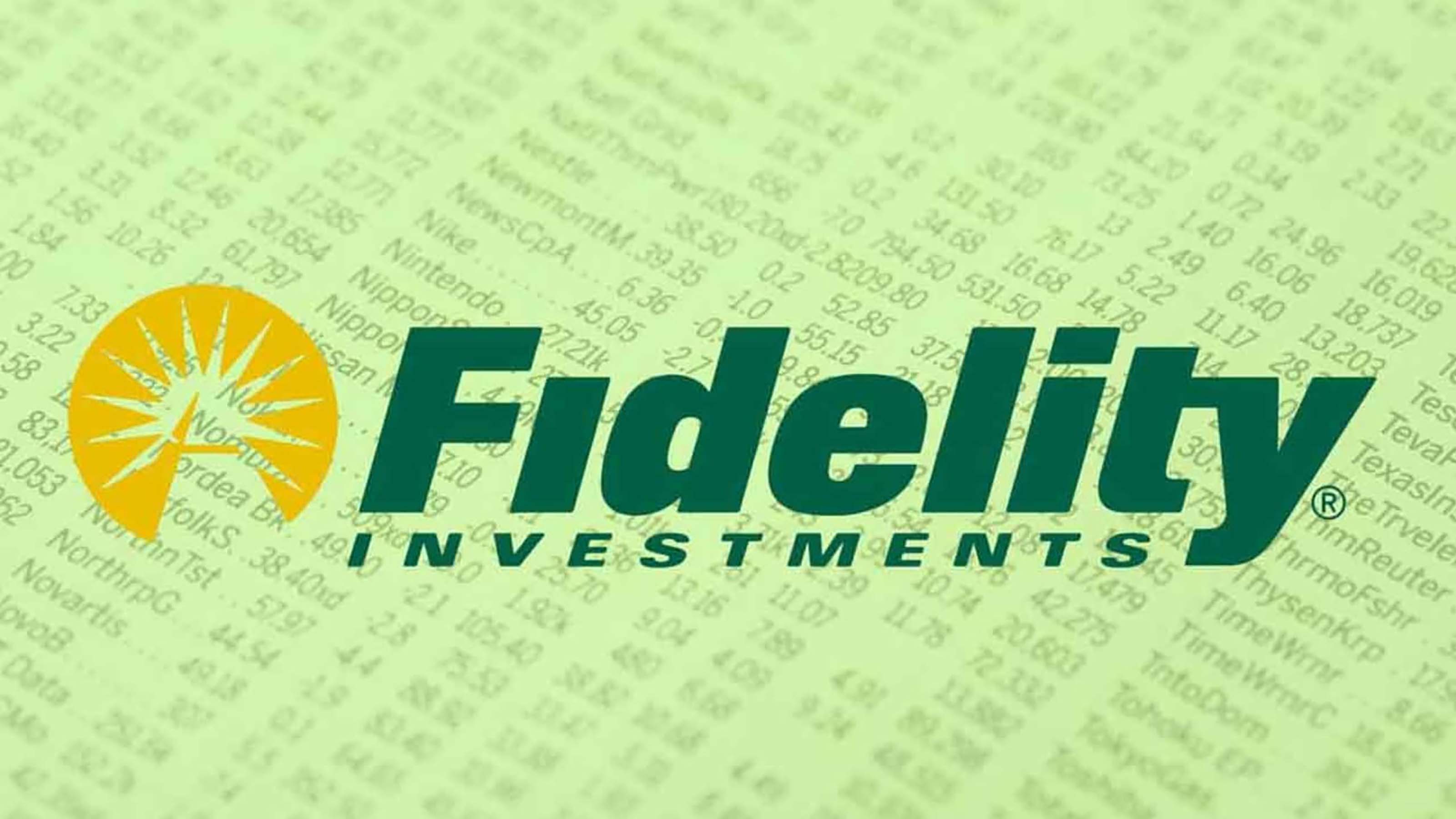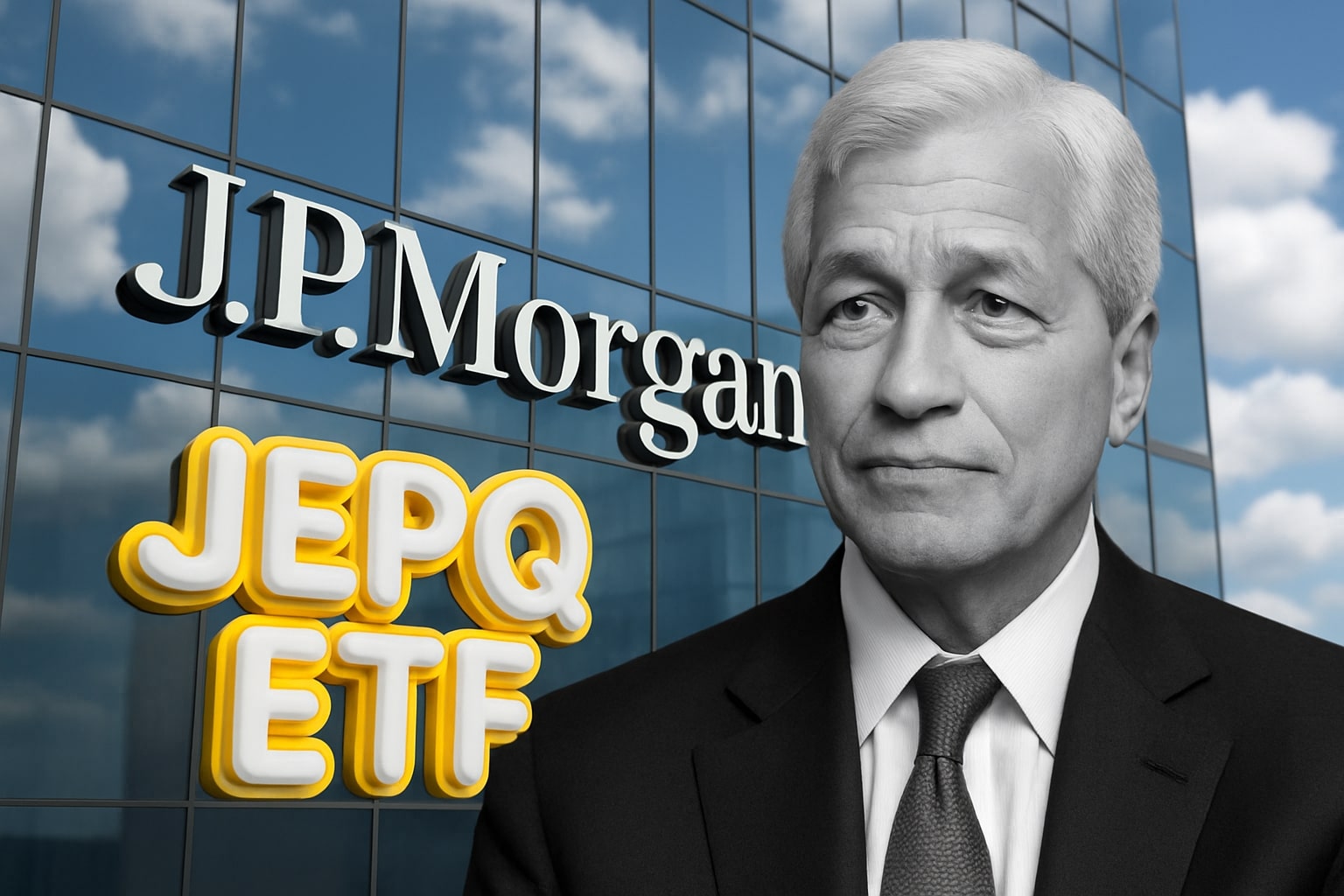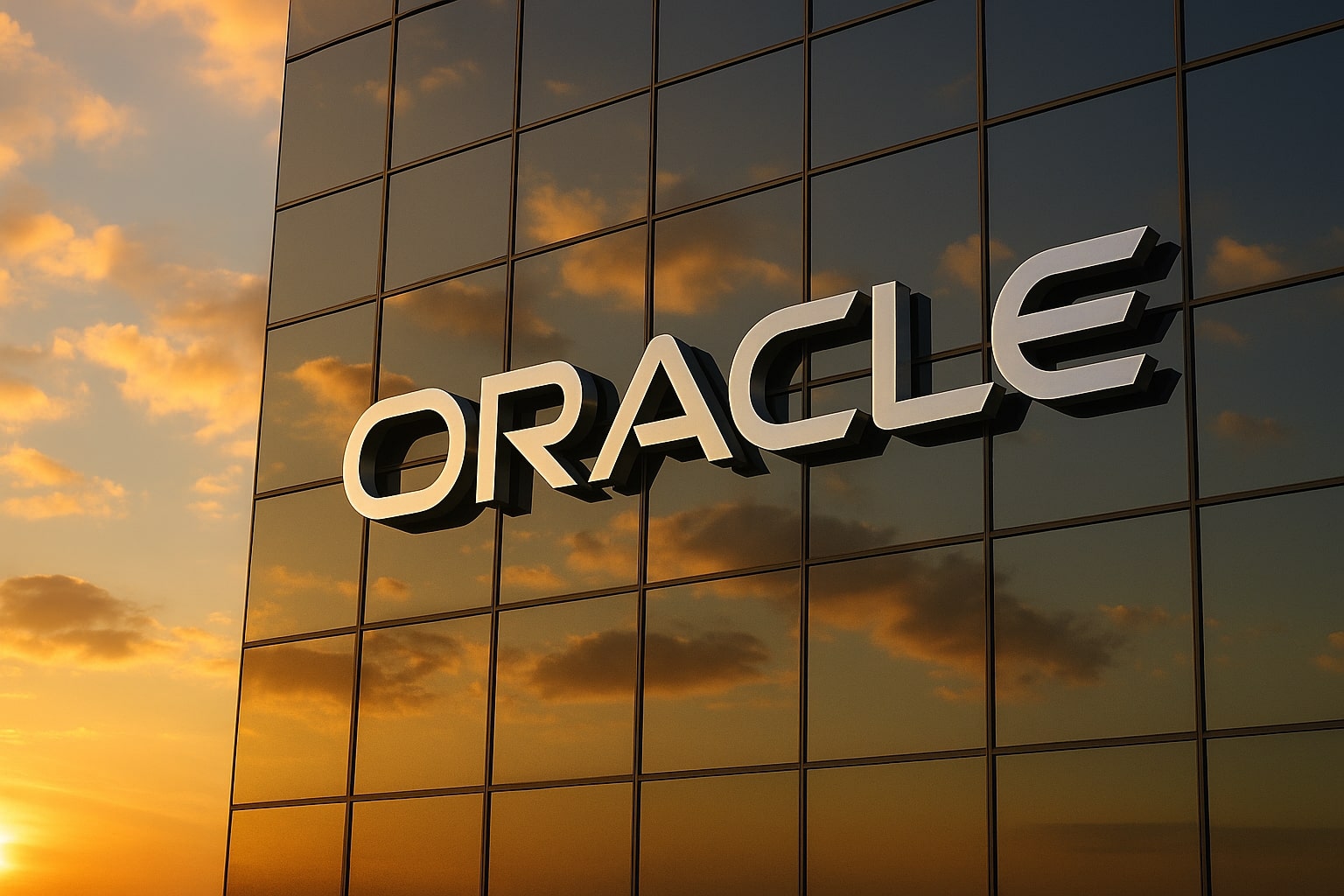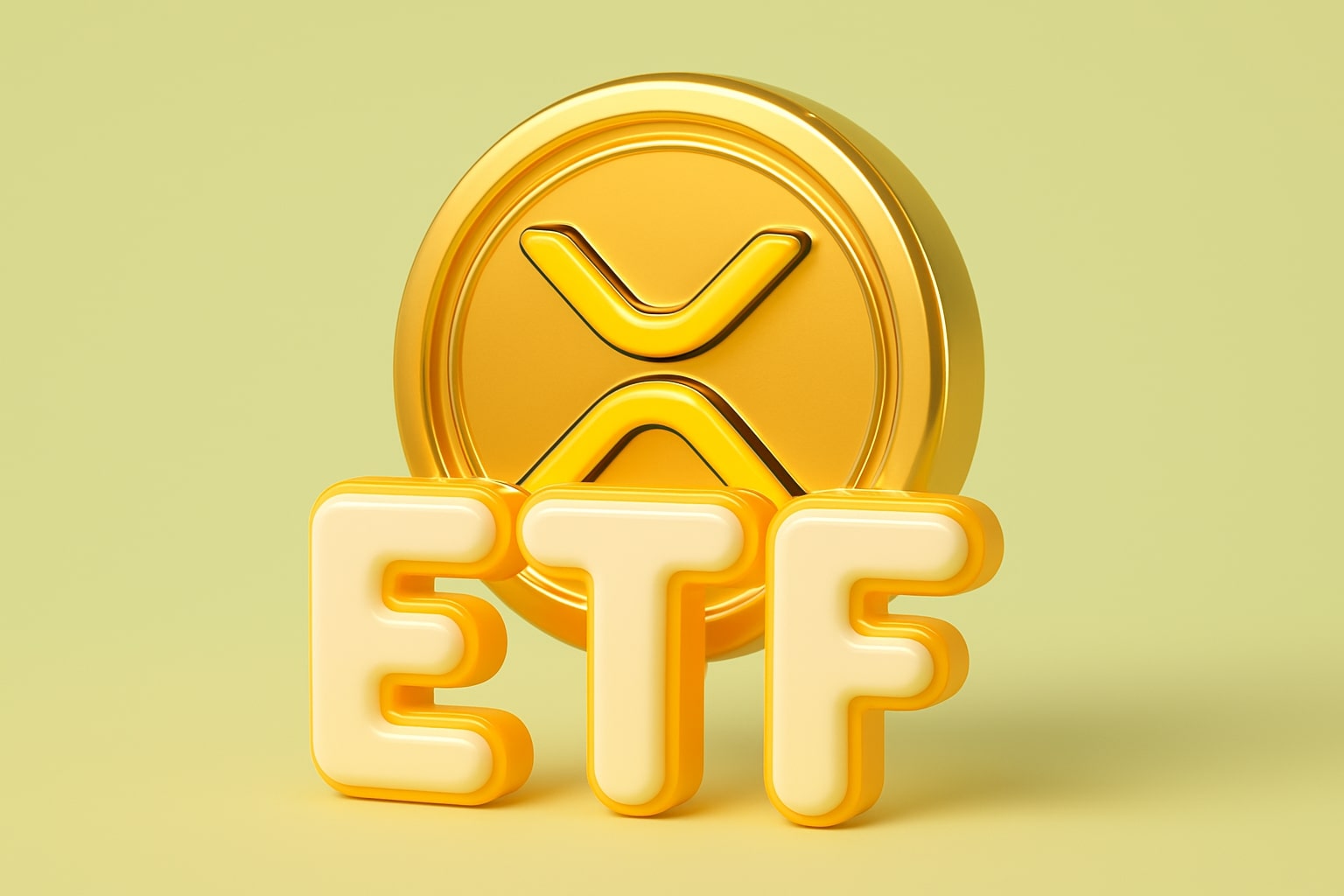Fidelity MSCI Information Technology Index ETF (NYSEARCA:FTEC) Extends 2025 Lead Over Nasdaq With 32.46% Annual Gain as AI Titans Drive Record Sector Momentum
The Fidelity MSCI Information Technology Index ETF (NYSEARCA:FTEC) has become one of the most efficient pure-play vehicles for exposure to the U.S. technology sector, trading at $224.99, down 0.29% on October 3, but still up 22.5% year-to-date and 32.46% over the past twelve months. Backed by an ultra-low 0.08% expense ratio and $16.38 billion in assets under management, the ETF continues to outperform both the S&P 500 (+18.2%) and Nasdaq 100 (+27.9%) over comparable periods. The fund’s performance is anchored by industry leaders including Nvidia (NVDA), Apple (AAPL), Microsoft (MSFT), Broadcom (AVGO), and Palantir (PLTR), which collectively represent 57.41% of total assets and dominate the artificial intelligence ecosystem. View real-time chart.
AI Megacaps Dominate FTEC’s Weighting as Nvidia Surpasses $4 Trillion Market Cap
No ETF in the technology segment captures AI-driven market leadership more directly than FTEC, whose top holding Nvidia now accounts for 16.83% of assets and remains the largest single contributor to 2025’s gains. Nvidia’s data center business grew over 120% year-over-year in Q2, pushing sector returns higher and extending FTEC’s multiyear outperformance streak. Apple, at 13.42% weighting, has seen a slower growth cycle after the iPhone 17 launch but continues to deliver strong recurring revenue through its services ecosystem, while Microsoft at 13.09% leverages cloud-based AI integration via Copilot and Azure OpenAI Service to maintain double-digit EPS growth. Broadcom, weighted at 4.47%, and Palantir, at 1.99%, have emerged as critical infrastructure players for data and semiconductor integration across defense and enterprise analytics.
Historic Return Metrics Cement FTEC’s Leadership in the Technology ETF Space
Over a 10-year period, a $10,000 investment in FTEC has grown to $80,630, outperforming both the Invesco QQQ Trust (QQQ), which reached $62,820, and the SPDR S&P 500 ETF (SPY), which climbed to $40,650. The ETF’s annualized 10-year return of 23.20% far exceeds the S&P 500’s 18.57%, driven by consistent innovation cycles across its core holdings. The fund’s beta of 1.22 suggests slightly elevated volatility relative to the broader market, though its yield of 0.41% and quarterly dividend of $0.90 per share provide a modest income stream. FTEC’s 2024 return of 29.40% and 2023 gain of 53.30% underscore the enduring strength of its holdings through multiple AI investment waves.
Concentration Risk and Valuation Pressure Shadow the AI Rally
Despite its strong fundamentals, FTEC’s structure carries concentrated exposure risks. The top three holdings—Nvidia, Microsoft, and Apple—represent nearly 44% of total assets, leaving the ETF heavily dependent on a narrow group of megacaps. Each has posted consistent EPS beats—11 out of 12 quarterly earnings above expectations across the past year—but the sector’s aggregate forward P/E ratio near 39.4x is well above the S&P 500’s 21.3x, reflecting stretched valuations. Analysts warn that any cooling in AI demand or delay in enterprise adoption could trigger a 10–20% correction, similar to the drawdowns that followed overbought peaks in July 2024 and February 2025.
FTEC’s Competitive Edge Against Sector Peers
Among technology ETFs, FTEC remains a standout for cost efficiency and total returns. It has outperformed competitors such as Vanguard Information Technology ETF (VGT), iShares U.S. Technology ETF (IYW), and SPDR Technology ETF (XLK) over five- and ten-year periods, while tying for the lowest expense ratio at 0.08%. VGT and XLK mirror FTEC’s top-heavy exposure, but FTEC’s indexing through the MSCI USA IMI Information Technology 25/50 Index provides slightly broader mid-cap representation. With 98.07% of assets in technology, 0.91% in communication services, and negligible allocations elsewhere, the ETF delivers the most pure exposure to U.S. tech growth among passive instruments of its class.
Macroeconomic and Policy Context Boosting Technology Momentum
The technology sector’s rally—reflected in FTEC’s surge—is fueled by a macro backdrop of declining yields and expanding corporate capex for AI infrastructure. The U.S. 10-year Treasury yield retreated to 4.45%, reducing discount-rate pressure on high-growth valuations. Moreover, renewed U.S. industrial policy, including proposed tariffs on imported semiconductor components and domestic chip production incentives, favors U.S.-listed tech giants in FTEC’s portfolio. The CHIPS and Science Act 2.0 discussions have already triggered capital spending commitments exceeding $210 billion, led by Nvidia, Broadcom, and AMD, which together control more than 70% of global AI compute market share.
Liquidity Strength and Institutional Confidence in Fidelity’s Stewardship
Fidelity’s management of $16.4 trillion in assets under administration and its global presence across 11 countries adds institutional credibility to FTEC’s structure. With average daily trading volume of 267,000 shares and a tight spread around NAV (0.02%), FTEC offers high liquidity even during market stress. The ETF’s 0.08% expense ratio translates to just $8 annually per $10,000 invested, compared to $50 per $10,000 for many active peers. This cost efficiency compounds FTEC’s appeal for both retail and institutional investors seeking technology beta without active-management drag.



















